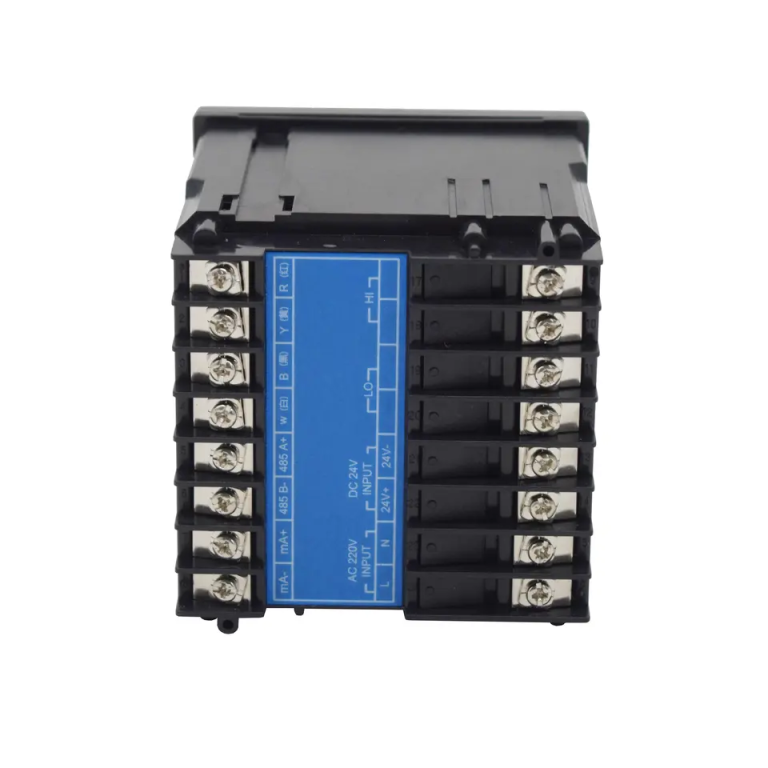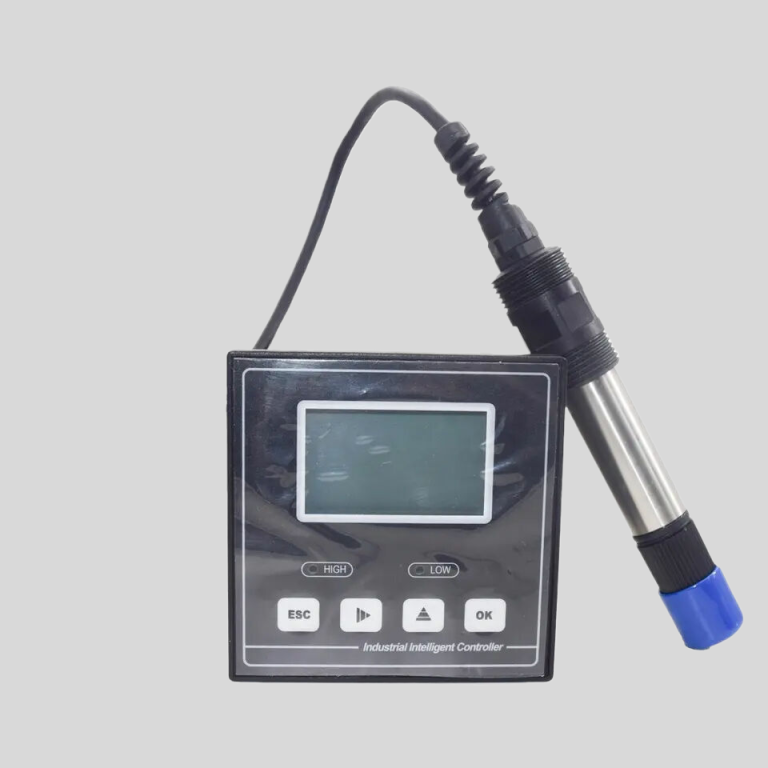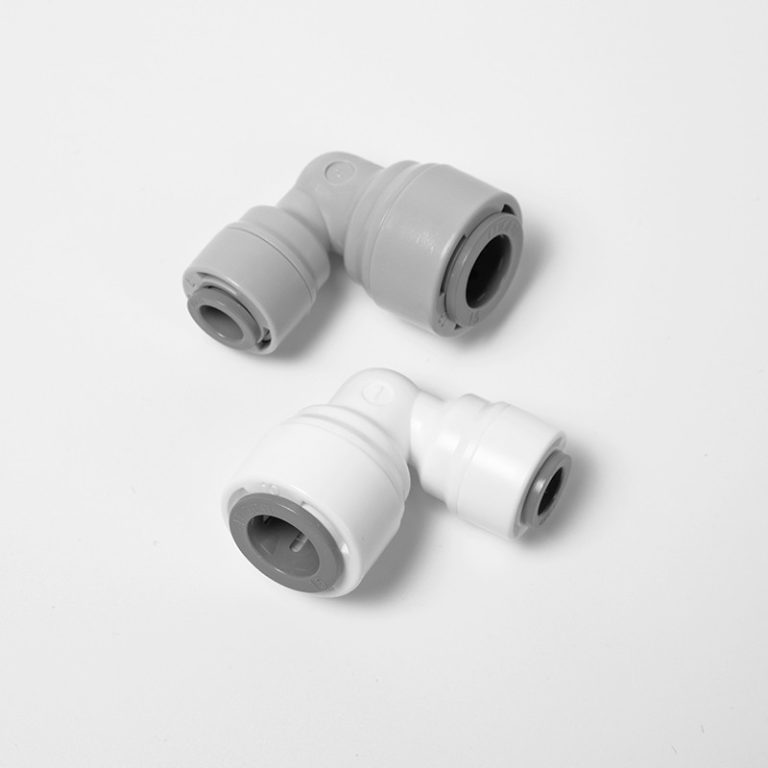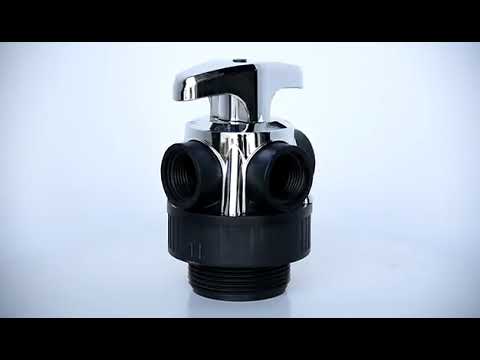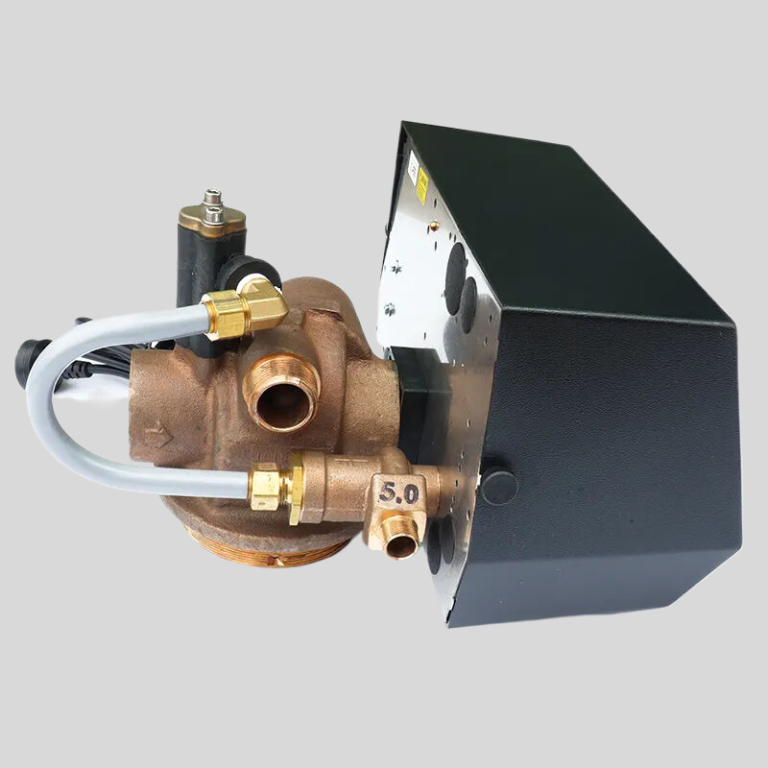Accurate measurements, powered by electromagnetic technology.
Introduction to Electromagnetic Flow Meters
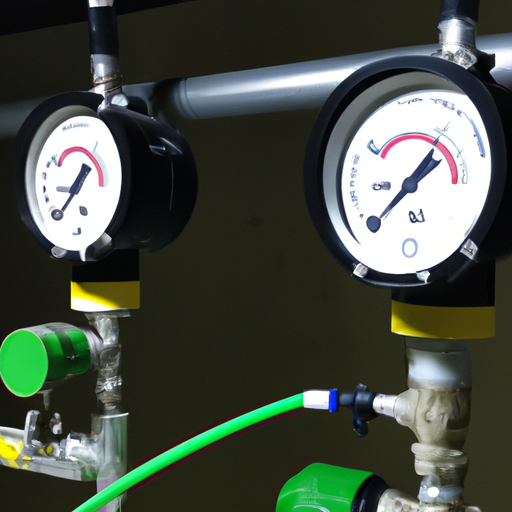
Electromagnetic flow meters, also known as magmeters, are widely used in various industries to measure the flow rate of conductive fluids. These devices utilize the principles of electromagnetism to accurately determine the volume of liquid passing through a pipe or conduit. In this article, we will provide an introduction to electromagnetic flow meters, discussing their working principle, advantages, and applications.
At its core, an Electromagnetic flow meter consists of a flow tube, electrodes, and a transmitter. The flow tube is typically made of non-magnetic material, such as stainless steel or Teflon, and is designed to withstand the pressure and temperature of the fluid being measured. The electrodes, usually made of stainless steel or platinum, are placed on opposite sides of the flow tube and are in direct contact with the fluid. The transmitter, which is connected to the electrodes, generates a magnetic field within the flow tube.
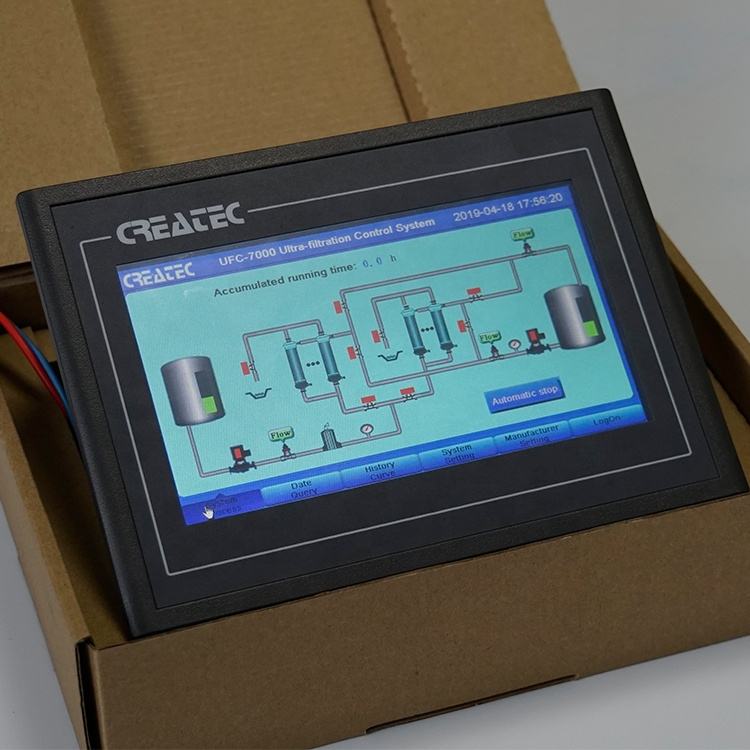
The working principle of an electromagnetic flow meter is based on Faraday’s law of electromagnetic induction. As the conductive fluid flows through the flow tube, it acts as a conductor moving through a magnetic field. According to Faraday’s law, a voltage is induced across the electrodes proportional to the velocity of the fluid. This induced voltage is directly proportional to the flow rate of the fluid and is measured by the transmitter.
| ROS-2210 Double-Stage Reverse Osmosis Program Controller | |
| 1.water source water tank without water protection | |
| 2. Pure tank low level | |
| 3.Pure tank high level | |
| Acquisition signal | 4.low pressure protection |
| 5.high pressure protection | |
| 6.pretreatment regeneration | |
| 7.manual/automatic control | |
| 1.water inlet valve | |
| 2. flush valve | |
| Output control | 3. low pressure pump |
| 4.high pressure pump | |
| 5.conductivity over standard valve | |
| Measuring range | 0~2000uS |
| Temperature range | Based on 25℃, automatic temperature compensation |
| AC220v±10% 50/60Hz | |
| Power supply | AC110v±10% 50/60Hz |
| DC24v±10% | |
| Medium temperature | The normal temperature electrode<60℃ |
| High temperature electrode<120℃ | |
| Control output | 5A/250V AC |
| Relative humidity | ≤85% |
| Ambient temperature | 0~50℃ |
| Hole Size | 92*92mm(high*wide) |
| Installation method | The embedded |
| Cell constant | 1.0cm-¹*2 |
| Display usage | Digital display: conductivity value/temperature value; Supporting RO process flow chart |
| 1.Electrode constant and type setting | |
| 2.Conductivity overrun setting | |
| 3.Flush Settings at intervals of * hours | |
| Main function | 4.Flushing time setting |
| 5.RO membrane running time setting | |
| 6.Power on automatic operation/stop setting | |
| 7.Mailing address, baud rate setting | |
| 8.Optional RS-485 communication interface | |
One of the key advantages of electromagnetic flow meters is their ability to measure the flow rate of conductive fluids accurately. Unlike other flow measurement technologies, such as turbine or ultrasonic flow meters, electromagnetic flow meters are not affected by changes in fluid density, viscosity, or temperature. This makes them suitable for a wide range of applications, including water and wastewater treatment, chemical processing, and food and beverage production.
Furthermore, electromagnetic flow meters offer excellent accuracy and repeatability. They can measure flow rates with an accuracy of up to ±0.5% of the reading, making them highly reliable for critical processes. Additionally, these meters have a wide turndown ratio, meaning they can measure both low and high flow rates accurately. This flexibility makes them suitable for applications with varying flow rates.
Another advantage of electromagnetic flow meters is their low maintenance requirements. Since they have no moving parts, there is minimal wear and tear, reducing the need for frequent maintenance or calibration. Additionally, the absence of obstructions within the flow tube minimizes the risk of clogging or fouling, ensuring long-term accuracy and reliability.
In conclusion, electromagnetic flow meters are essential tools for accurately measuring the flow rate of conductive fluids. Their working principle based on Faraday’s law of electromagnetic induction allows for precise and reliable measurements, unaffected by changes in fluid properties. With their high accuracy, wide turndown ratio, and low maintenance requirements, electromagnetic flow meters find applications in various industries. Whether it is monitoring water flow in a treatment plant or measuring the flow of chemicals in a manufacturing process, electromagnetic flow meters play a crucial role in ensuring efficient and reliable operations.

